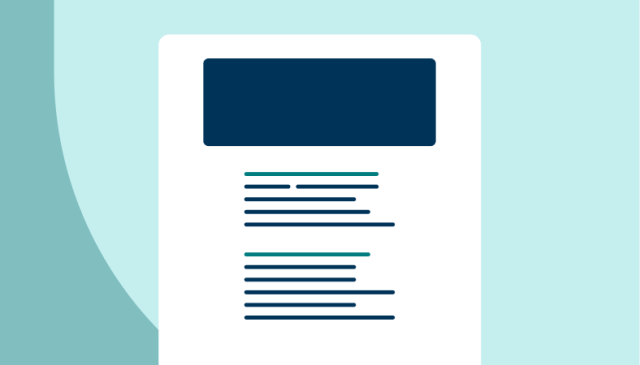How to Improve User Engagement for Successful CMMS Implementations
Implementation of a computerized maintenance management system (CMMS) can transform your asset maintenance and level up your operations processes.
But no matter how good your CMMS software is, user adoption and training will either make or break it. Without teams fully embracing it, even the best CMMS can stall or even fail, leaving many benefits untapped. Poor engagement leads to outdated data, inefficient workflows, and missed ROI opportunities.
There’s light at the end of the tunnel, however. With a clear strategy outlining effective training and management, you can achieve collective buy-in and continuous improvement for your asset maintenance software across your entire organization.
Recognizing CMMS adoption challenges
CMMS software can streamline maintenance work orders, extend equipment lifespans, reduce downtime, and cut overall costs. It makes the lives of maintenance and operations managers easier and more efficient.
But not all CMMS adoptions are smooth sailing. Here are some roadblocks that could hinder a successful CMMS adoption:
- Lack of leadership buy-in: Without demonstrative top-down support, employees may view a new system as optional. Managers must champion the new CMMS and set an example for consistent usage.
- Insufficient or irrelevant training: One-size-fits-all training might overwhelm some users, lose the attention of others, and lead to attrition. Lessons tailored to specific roles can increase relevancy and retention.
- Resistance to change: Nearly 50% of CMMS implementations face some level of resistance. Employees accustomed to paper-based processes or legacy systems can be reluctant to change. A structured change management approach can alleviate fears and drive home the benefits of a new system.
- Inadequate ongoing support: Training doesn’t end after the initial rollout. Regular refresher sessions and quick access to helpful resources keep adoption rates high.
Strategies for effective CMMS training
Effective CMMS training begins with understanding what your team actually needs. Surveying or interviewing different roles to gauge specific skill gaps can help you build a customized training plan that addresses the unique needs of your team, ensuring the right content for each department in your organization.
For example, technician training might focus on work order entry, preventive maintenance schedules, and using the mobile app in the field, while supervisors and managers can learn methods for tracking KPIs, generating data reports, and managing compliance tasks.
You can also mix it up by blending different training formats depending on the needs of each team. This might include:
- In-person workshops: Interactive demonstrations and live Q&A to keep it interesting.
- Virtual webinars: These are useful for connecting remote teams and conducting refresher sessions.
- Self-paced e-learning: Users can revisit material on demand and reinforce retention.
Whatever format you choose, it’s important to reinforce training regularly. Learning shouldn’t stop after go-live, it should evolve alongside your operations.
Driving adoption through change management
Change can be hard. Managing it makes it less so. Communicate the “why” early and often. Proactively share clear goals and direct benefits such as faster repairs, reduced downtime, and easier tracking of critical parts.
It’s crucial to also emphasize how the CMMS supports larger organizational objectives like cost reduction, improved compliance, and community engagement. One way to do this is by enlisting internal champions to act as “power users” who can mentor others, troubleshoot issues, and build excitement across your organization.
Other strategies for encouraging buy-in include managing expectations – by setting realistic timelines and regularly updating teams on KPI progress, group wins, and upcoming enhancements – and creating open feedback loops (surveys, forums, etc.) to encourage employees to share insights and provide input on their experience. This helps build trust within your organization and can help you iterate on features that work best for your team.
See firsthand how Waco Independent School District's collective efforts to lean into asset management software optimization and data reporting paid off with big improvements.
Building a culture of continuous CMMS engagement
User engagement is essential for a CMMS to reach its full potential. No system can succeed without it. Customized role-based training, strategic change management, and ongoing support form the backbone of high user adoption rates.
With proactive user interaction, a next-generation work and asset lifecycle management program can transform the performance of your assets and your team.
From work orders to costs to compliance and beyond, Brightly’s intelligent software solutions are built to help you thrive. Learn more about our world-class implementation and check out our list of real client success stories.
Or find out how an intuitive and user-friendly CMMS can help you streamline training and adoption.



